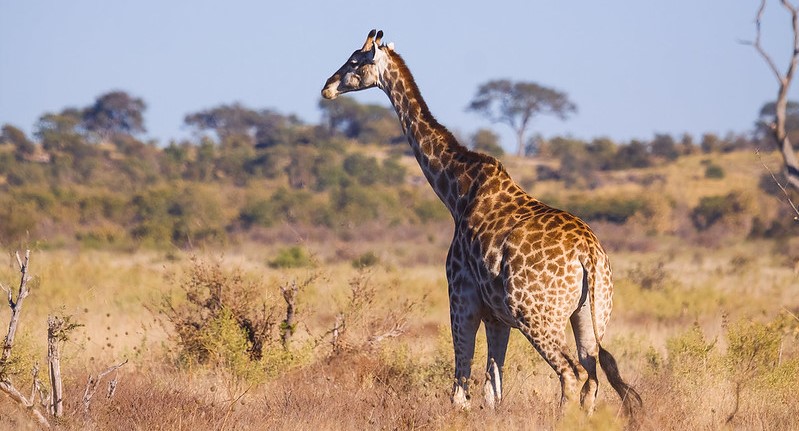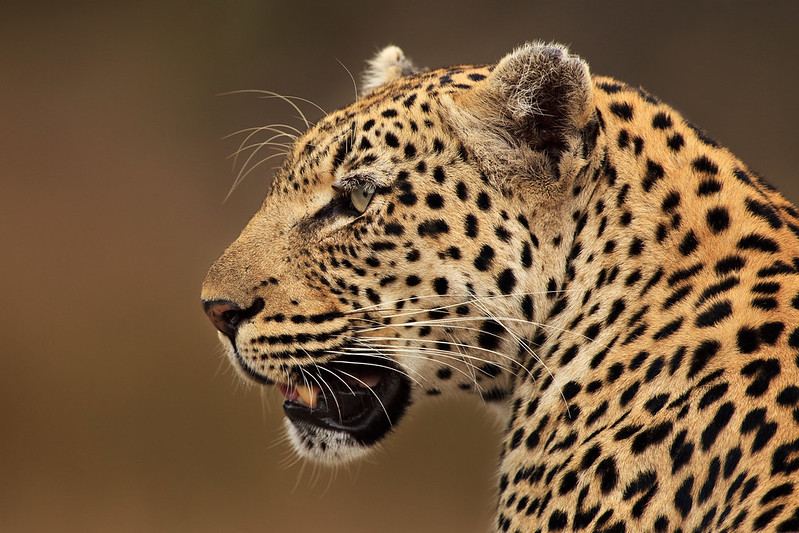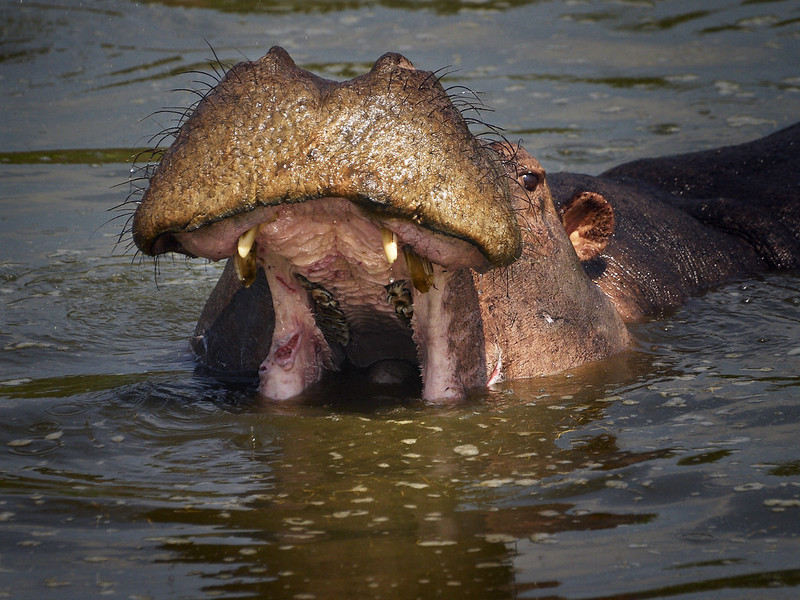Gorilla and wildlife Photographic safaris in Africa.
Africa’s vast landscapes and rich biodiversity offer photographers an unparalleled canvas for capturing the essence of wildlife in its natural habitat.
Among the most coveted experiences are gorilla and wildlife photographic safaris, where enthusiasts can come face-to-face with majestic mountain gorillas, observe the Big Five in their natural environment, and witness the stunning interplay of light, shadow, and color that defines Africa’s wilderness.
Whether you’re a seasoned professional or a passionate amateur, these safaris provide a unique opportunity to create unforgettable images that tell the story of Africa’s untamed beauty.
Gorilla Photographic Safaris: A Close Encounter with the Great Apes
Gorilla photographic safaris are among the most sought-after experiences for wildlife photographers. Tracking these gentle giants through the dense rainforests of Uganda’s Bwindi Impenetrable National Park, Rwanda’s Volcanoes National Park, or the Democratic Republic of Congo’s Virunga National Park offers a chance to capture intimate moments of one of the world’s most endangered species.
These safaris typically involve trekking through thick underbrush, up steep hills, and across muddy trails, making them a physically demanding but incredibly rewarding experience.
Photographers are allowed to spend a limited amount of time—usually one hour—with a gorilla family, during which they can observe and photograph their behaviors, interactions, and strikingly human-like expressions. The key to success on a gorilla photographic safari is patience, respect for the animals, and a readiness to adapt to the challenging conditions of the rainforest.
Photographers are advised to use long lenses (at least 200mm) to capture detailed shots from a safe and respectful distance.
It’s also important to set your camera to a high ISO setting to compensate for the low light conditions often found under the forest canopy. A fast shutter speed will help freeze the movements of the gorillas, while a wide aperture can create a beautiful bokeh effect, highlighting the subject against the lush green backdrop.
Wildlife Photographic Safaris: Capturing Africa’s Iconic Species
Beyond gorillas, Africa’s wildlife photographic safaris offer a chance to capture the continent’s iconic species, including lions, elephants, leopards, buffalo, and rhinos—collectively known as the Big Five.
National parks such as Kenya’s Maasai Mara, Tanzania’s Serengeti, and South Africa’s Kruger National Park are renowned for their abundant wildlife and provide photographers with diverse opportunities to document animal behavior, from a lion pride on the hunt to a herd of elephants bathing at a watering hole.

Wildlife photographic safaris are typically conducted in open vehicles, allowing photographers unobstructed views and the ability to get closer to the animals than would be possible on foot.
Early morning and late afternoon game drives are optimal times for photography, as the soft light of dawn and dusk enhances the natural beauty of the landscape and wildlife. During these golden hours, photographers can capture dramatic silhouettes, action shots of predators in pursuit, and serene moments of animals at rest.
A telephoto lens (300mm or more) is essential for photographing distant animals, while a zoom lens offers flexibility in framing shots of both close and far subjects. Fast autofocus and continuous shooting modes are also invaluable for capturing fast-moving wildlife.
In addition to the Big Five, Africa’s savannahs, woodlands, and wetlands are home to a wealth of other species, including giraffes, zebras, cheetahs, hippos, and countless bird species, each offering unique photographic opportunities.
Tips for a Successful Photographic Safari
- Plan for the Seasons: The time of year can significantly affect your photographic safari experience. The dry season (typically from June to October) is often considered the best time for wildlife photography, as animals are more easily spotted near water sources. However, the wet season brings lush landscapes and the birthing of young animals, offering different photographic opportunities.
- Pack the Right Gear: A combination of lenses (wide-angle, telephoto, and macro) will ensure you’re prepared for various scenarios. Bring extra batteries, memory cards, and a sturdy tripod or monopod to stabilize your shots, especially in low light.
- Respect the Wildlife: Always maintain a safe and respectful distance from animals. Follow your guide’s instructions, avoid sudden movements, and keep noise to a minimum to prevent disturbing the wildlife.
- Be Patient and Observant: Wildlife photography requires patience and an eye for detail. Observe animal behavior to anticipate moments that will make for compelling photographs, such as a gorilla grooming its young or a cheetah preparing to sprint.
- Capture the Environment: Don’t focus solely on the animals; include shots of the landscapes, vegetation, and even the local communities to provide context and tell a complete story of your safari.
Gorilla and wildlife photographic safaris in Africa offer a once-in-a-lifetime opportunity to capture the raw and unfiltered beauty of the natural world. From the misty mountains where gorillas roam to the expansive plains teeming with wildlife, these safaris are not just about taking pictures—they’re about experiencing and preserving the wonder of Africa’s wilderness.
With careful planning, respect for the environment, and a keen sense of observation, photographers can return home with images that not only reflect the splendor of African wildlife but also contribute to its conservation by raising awareness of these incredible species and the challenges they face.


